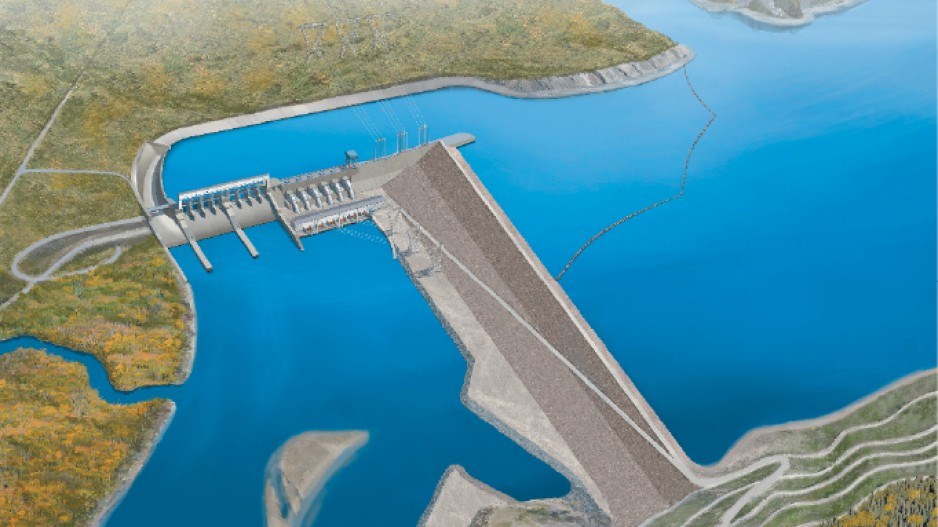A study commissioned by the Treaty 8 Tribal Association is questioning the Site C Joint Review Panel’s recently announced conclusion that Site C would be “the least expensive of the alternatives” for new energy and capacity within British Columbia.
“When compared with portfolios that make use of alternative resources, Site C is in fact the most expensive of the alternatives studied,” said Philip Raphals, of the Montreal-based Helios Centre, in a statement.
The Helios Centre is a non-profit research group aimed at fostering strategies for “a sustainable energy and climate future.” They were commissioned by the Treaty 8 Tribal Association to examine the energy scenarios discussed by the panel.
According to a release put out by Treaty 8, Raphals’ study compares the long-term costs of meeting future energy demand with and without Site C. In his analysis, Site C turned out to be the more expensive option.
Treaty 8 claimed that Raphals’ study, unlike BC Hydro’s, “explicitly took into account the losses that would occur in all the years when electricity from Site C would be exported at a loss.”
Raphals also said that he took into account a more aggressive “demand-side management” than BC Hydro.
Under demand-side management, it’s “about using less energy throughout the year,” he said. This strategy could include changes for industrial users in the province.
“Using a few more resources that BC Hydro didn’t use, one can meet the same level of demand,” said Raphals. “Essentially, they said in the very long term it’s the cheapest. I have some problems parenthetically, because there wasn’t any very serious evidence about the very long term.”
He also analyzed different scenarios for growth. In a low-growth scenario, where not a lot of future energy needs would come online, Site C would cost B.C. tax- and ratepayers more than $1.1 billion in additional costs.
According to Raphals, this is because they would have to export this electricity, and this exported electricity would be sold at a lower price than they would have obtained in a domestic market.
In a more high-growth scenario, new renewables such as wind could allow BC Hydro to meet its demand throughout its planning period, for $300 million less than if Site C is built.
“(The panel) should have reminded one here in that conclusion that in the years when it’s not needed, it will produce significant losses paid for by ratepayers,” he said. “It’s not wrong, but it’s somewhat misleading.”
He also questioned another point in that same conclusion, that B.C. “will need new energy and new capacity at some point.”
“It’s true that they will need capacity at some point, but how much and when?” he asked. “There are a lot of things that were said in passing (to the panel) that aren’t in the conclusions or the recommendations.”
He also questioned the assertion made by some that Site C was needed to pay for future needs placed upon it by a possibly expanding liquid natural gas industry.
Raphals said that currently, BC Hydro’s integrated resource management plan allows for 7% non-clean resources. They also have “headroom” – extra room within this 7%.
In his view, BC Hydro has not used this headroom to save it for other unexpected needs. But according to Raphals, that demand could be met without the use of Site C while still respecting the headroom requirements.
Many of these issues were raised during the panel hearings. In its response at the time, BC Hydro said that “industrial load curtailment and capacity-focused (demand-side management) initiatives are not viable alternatives” to Site C.
“The consequences of capacity shortfalls are more severe than energy shortfall,” Hydro wrote.
It said that programs designed to ask industrial users to simmer down their electrical use “have usually not been successful in B.C.”
The utility also questioned how successful other customers would be in demand-side management, questioning how much demand customers would reduce their service to earn potential economic benefits.
“BC Hydro has not had the opportunity to assess how likely and consistent any response would be and how that would be combined with system operations including market trade and integrating renewable resources,” its response stated.
They also said that the percentage of Site C output that was surplus to the utility’s needs would go down from 100% in 2024 to zero by 2033.




